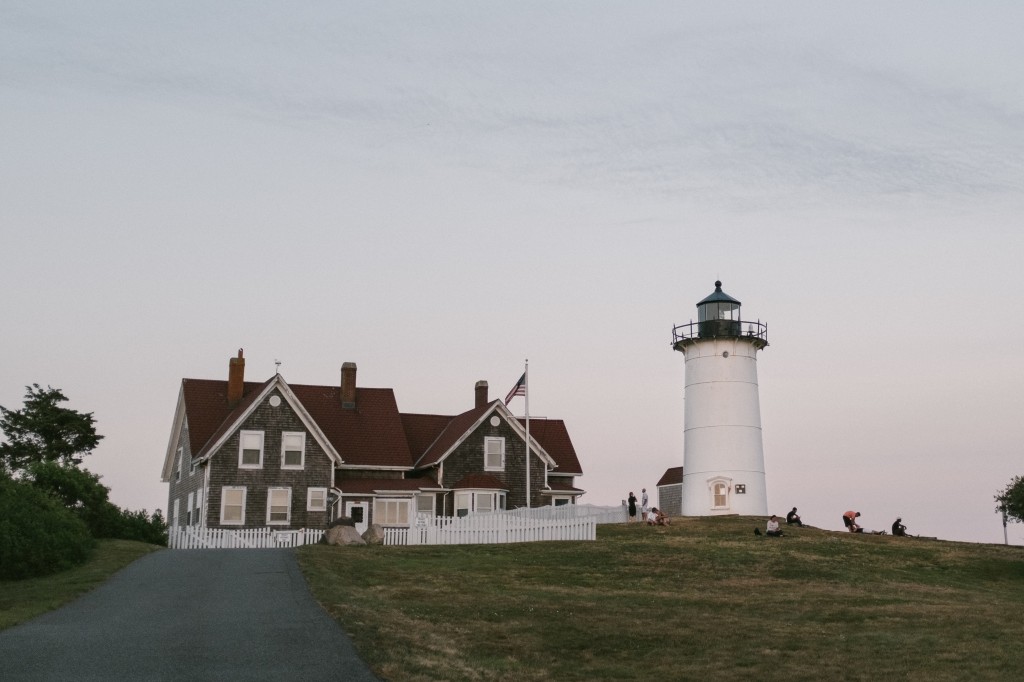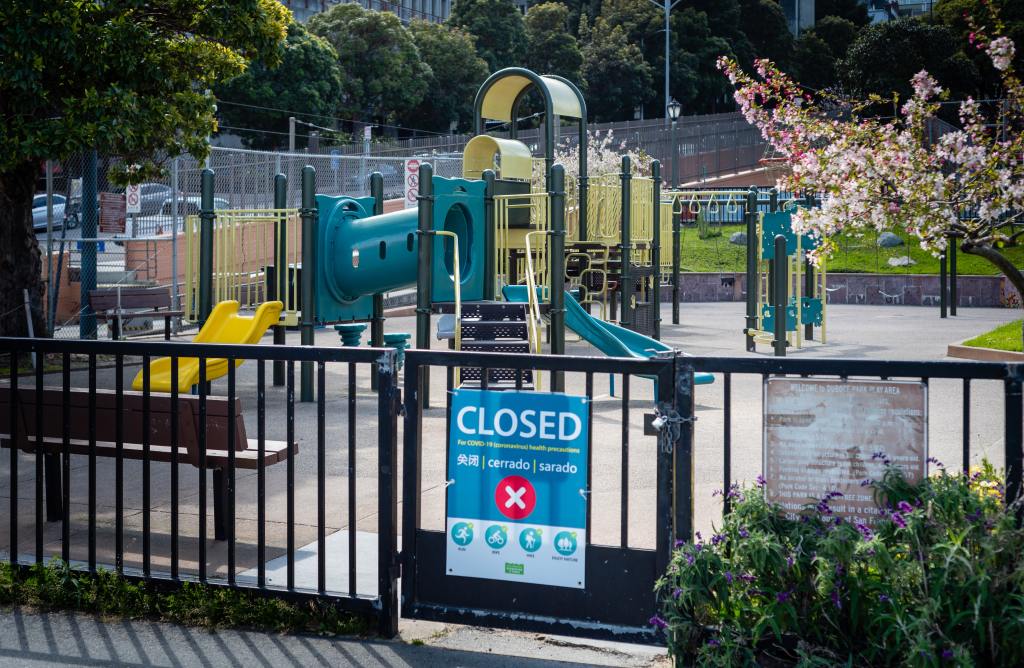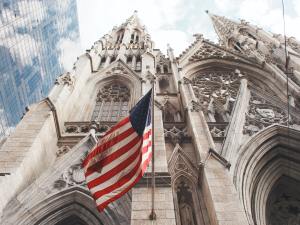In recent days the Supreme Court of the United States, in two related decisions, gave a welcome reaffirmation of the constitutional protection of the free exercise of religion. The cases involved practical application of the principle First Amendment right. One case, Little Sisters of the Poor v. Pennsylvania, involved the Obamacare Act and contraceptive insurance coverage. The other, Our Lady of Guadalupe School v. Morrissey-Berru, concerned religious schools and their employment policies. Both cases were decided by strong 7-2 votes.
Readers will look to other forums and formats for the specifics of these interesting decisions. I raise them as noteworthy inasmuch as governments in the last few months have acted unkindly toward religion and its exercise, much to the harm of people and the jeopardy of their other rights protected in the First Amendment.
Not only is freedom of religion and the exercise thereof found in the First Amendment to the Constitution, it is the first freedom mentioned. Free speech, freedom of the press, freedom peaceably to assemble, and the right to petition the government follow next, in that order. This is not necessarily a ranking of importance of these five freedoms. All are essential, but I would suggest that the latter four are strengthened by freedom of religion and will be put at risk without a vigorous regard for that freedom.
This is not hypothetical. As an experiment to deal with the unknown effects of the coronavirus (SARS-CoV-2) many state governments (and the federal government to a lesser degree) engaged in an abrupt and progressive impairment of the constitutional rights of nearly all within their jurisdiction. Of the five freedoms of the First Amendment, governments applied or tolerated the harshest limitations on religion and its practice. Churches were closed, its members forbidden to meet together, even in small groups. Administrations of religious rites considered sacred were blocked, even in application to the dying as well as the living.
In my congregation, in my church, we gather, we fellowship with one another, we sing together, we pray together, we teach each other, we provide service to one another, we follow the pattern of what Jesus Christ did and calls upon us to do in the practice of becoming kinder, more loving people. Government restrictions have made that very hard to do, and are unable to replace it with anything.
One of the leaders of the church, David A. Bednar, an Apostle of The Church of Jesus Christ of Latter-day Saints, lately said this in remarks on the importance of religious practice:
Latter-day Saints are hardly alone in this need to gather. . . Our Catholic, Orthodox, Protestant, and Evangelical friends gather for mass, baptisms, confirmations, sermons, and myriad other religious purposes. Our Jewish friends gather for worship in their synagogues. Our Muslim friends gather in their mosques. Our friends in the Buddhist, Sikh, and other faith traditions likewise have sacred places to gather and worship together. And because gathering lies at the very heart of religion, the right to gather lies at the very heart of religious freedom.
In the United States and elsewhere, in this experiment into which we were rapidly immersed, people “throughout the free world,” as David Bednar reminded, “learned firsthand what it means for government to directly prohibit the free exercise of religion.”
Science, including the science of self government, requires us to learn from our experiments. What have we seen in the social laboratory within which we have been living? While freedom of religion has been curtailed, other liberties have eroded. Freedom of speech has been restricted; people have become very careful about speaking their minds, avoiding certain words, even limiting their associations with neighbors, and they do not like it. Communication even on social media has been censored.
Press freedom is no longer robust. Media broadcasters are careful to avoid use of newly minted proscriptions of this or that phrase or word, with correspondents and announcers disappearing from their jobs almost overnight for violation of some new taboo. People have become increasingly mistrustful of “the news.”
Many assemblies are prohibited. Where allowed, numerical limits have been imposed on how many people can assemble in the same place. More nettlesome, as is the usual case with the violation of rights, restrictions are applied and enforced unevenly, some favored and others not.
Governments, especially local governments, turn deaf ears to constituents raising concerns with the application of restrictions. Arrangements for schools run by local governments are in confusion.
Overall, people feel isolated, alone, helpless, and, for too many, hopeless. They look for and find temporary relief in acts of rebellion, minor or otherwise.
This is where freedom of religion can be seen as important to the other freedoms. Churches have often in western societies been a counterweight to government tyranny, which is why the governments of Europe tried for centuries to control them. As the Red Army imposed its Iron Curtain across Eastern Europe, persecution and control of religion were a priority.
The first amendment prohibits government control of religion, specifically to preserve freedom of the churches, which in America has also worked to accommodate variety of religious practice. All of the churches, together, need the first amendment to thrive, as do their members. No other human organizations are as organized, enduring, and meaningful to people. Without vigorous, free religions, people are left alone to defend their other rights, with alternative organizations that at best are anemic by comparison.
In the words of David Bednar, “With goodwill and a little creativity, ways can almost always be found to fulfill both society’s needs and the imperative to protect religious freedom. . . . Never again can we allow government officials to treat the exercise of religion as simply nonessential.”









